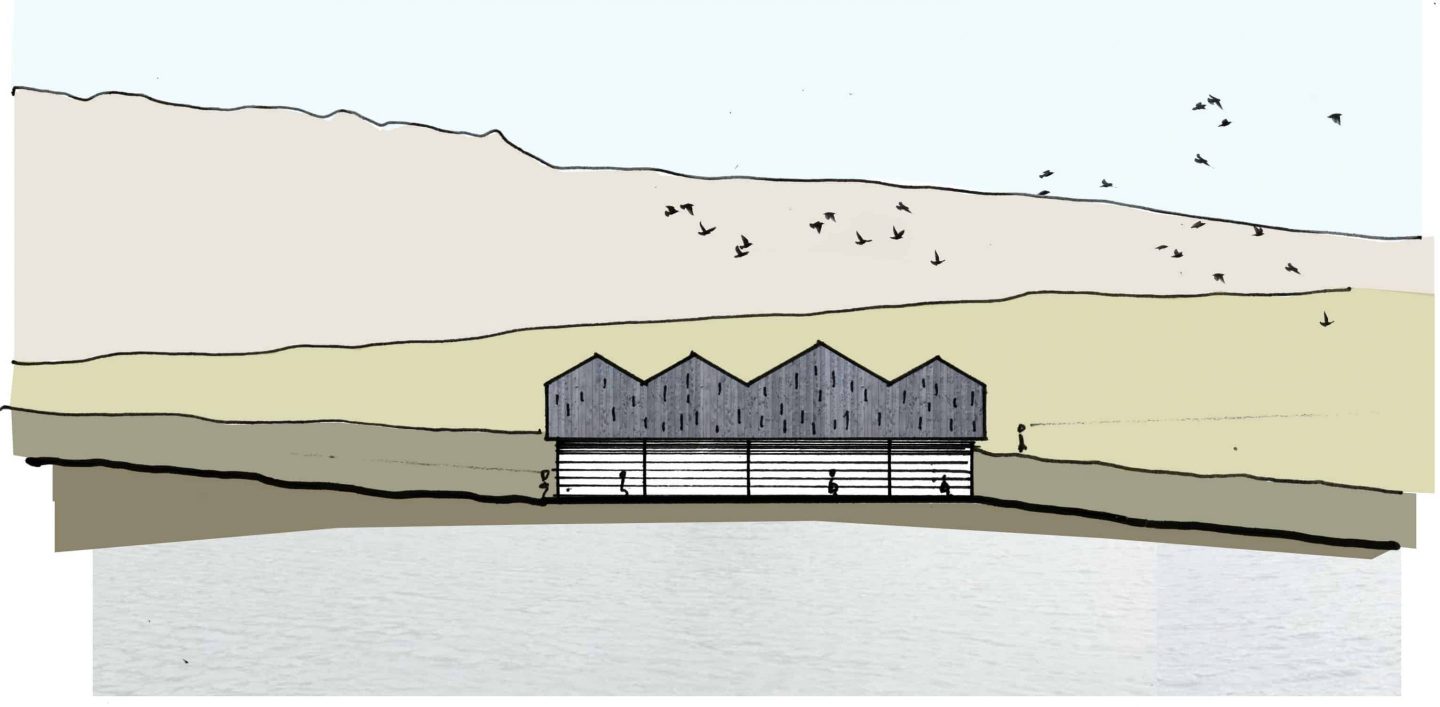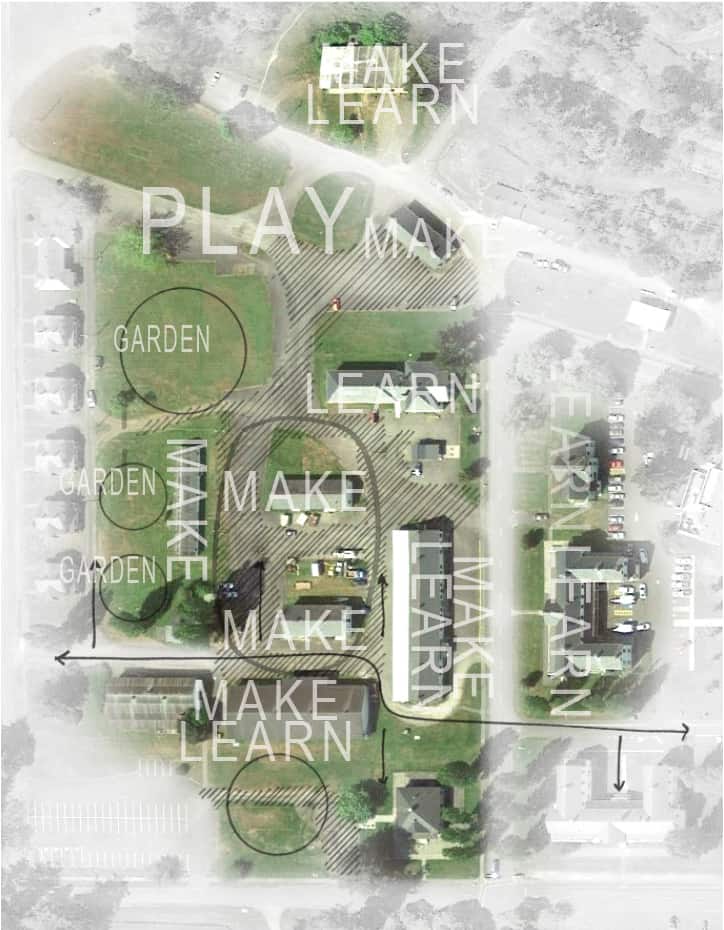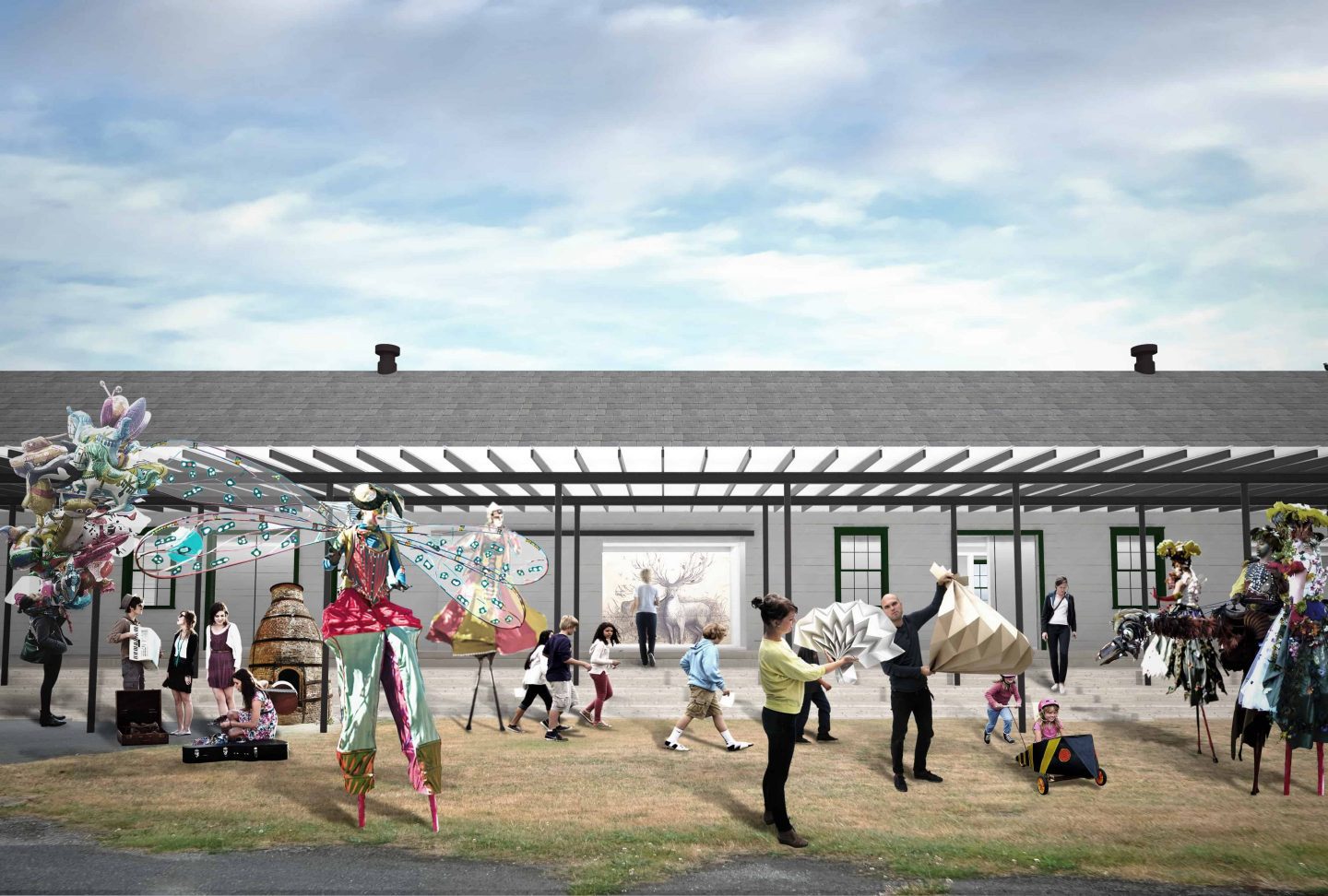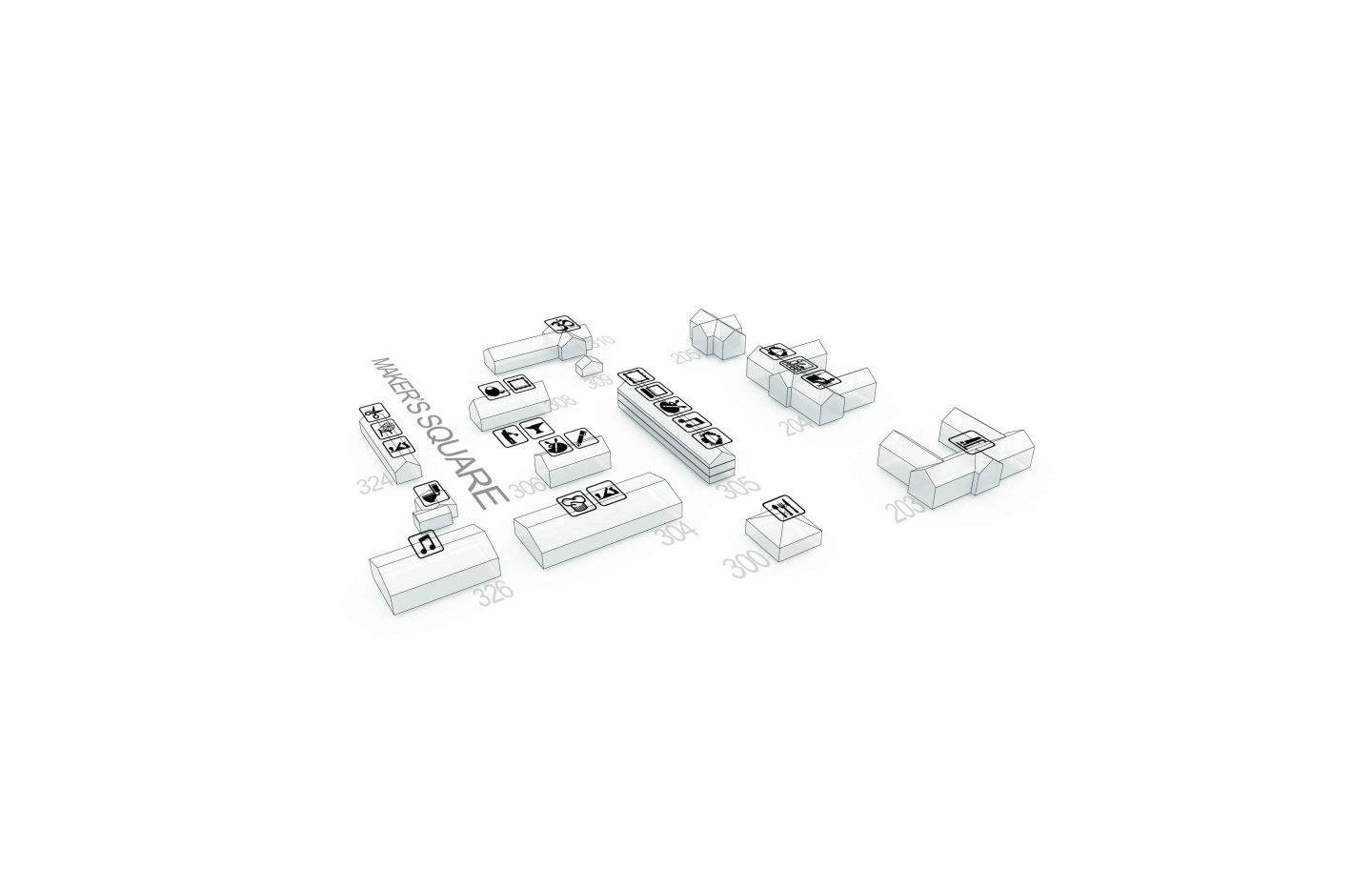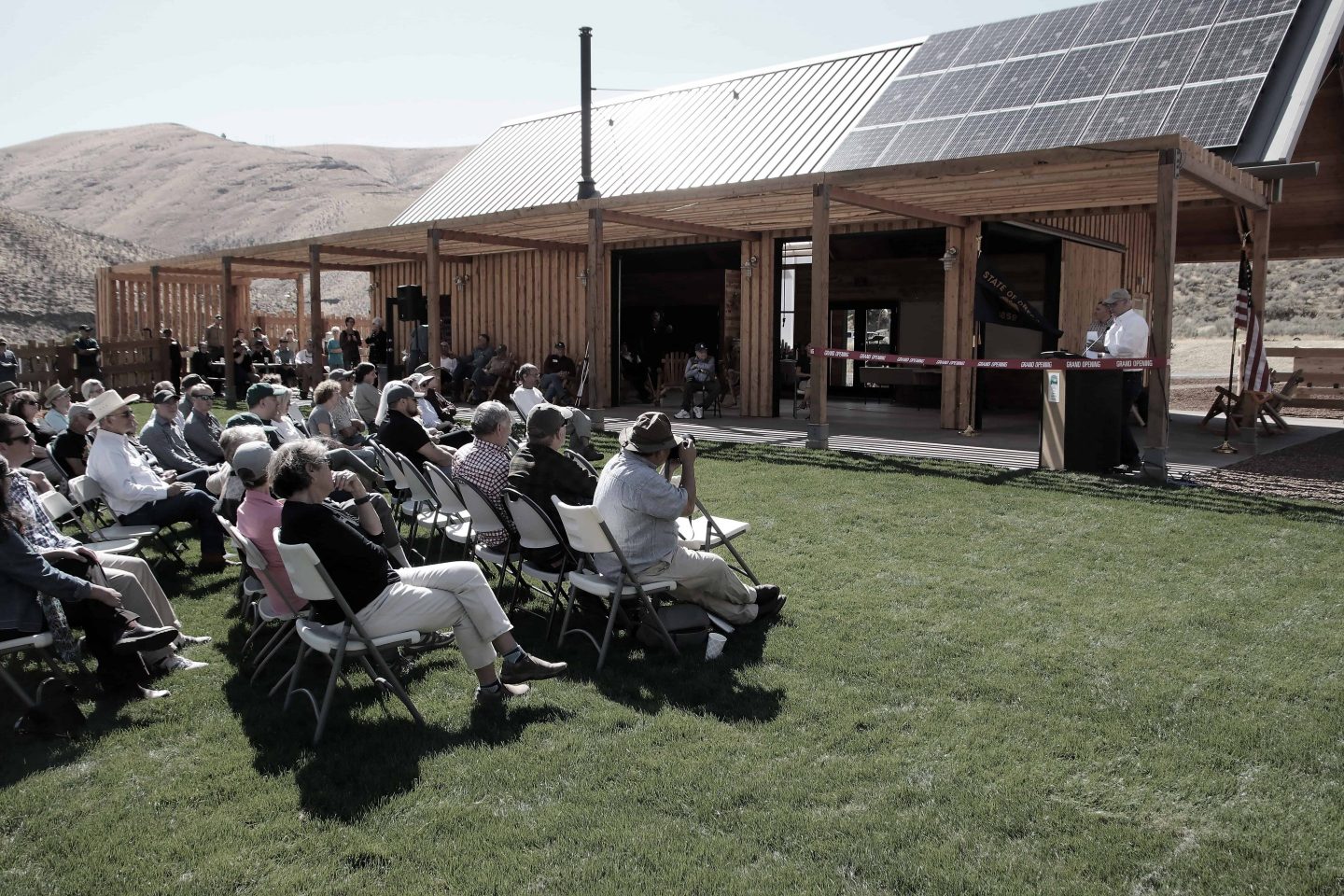Projects for People and Place: Aligning Fundraising and Vision
Great ideas start with vision and a community behind it, merging the pragmatic and ephemeral in places to gather, serve, learn, and celebrate. A design process aligned with functional analysis, meaningful engagement, and funding sensibility can provide a resilient framework for vision to take shape.
Facilities that build upon a vision become the source for services, culture, exhibits, research, and administration. A strong program integrated with a site-specific design approach can result in a place that exemplifies the organization’s mission. Site functions, arrival, circulation, scale, and program are integral, defining the workings of the facility. Ephemeral elements build the value and spirit of the effort, drawing on vision, mission, community engagement, fit, feel, and legacy.
A design process that weaves the pragmatic and ephemeral together results in a project that is an extension of the place and the people it serves.
Our team is committed to integrating design vision with capital campaign goals. Budget alignment is key to this success, and we maintain relationships with construction cost estimators to establish preliminary budgets. These efforts have proven that cost validation and design adjustment happens during design rather than at the end of the project.
Cost control is maintained using the following steps:
-Define the project clearly at the beginning to align the goals with fundraising capacity, reducing the risk of later revisions to meet the budget
-Collaborate with the capital campaign counsel to verify that the work product is useful for fundraising efforts and advocacy building
-Define phasing to create opportunities for re-evaluation if markets change, scope is increased, or grants are missed
-Prepare a conceptual budget at the programming stage of the project to verify fit
-Become a steward of the budget in partnership with stakeholders by reviewing estimates at milestones and evaluating expectations throughout the process
Budget responsibility and fundraising strategy is central to the design process.
Past and current projects that illustrate this approach:
Salish Seas: Initiating the Idea
We worked with the team at Salish Seas to develop sketches to initiate the idea for a youth Marine Engagement Center, which were used to build partnerships around a collective vision. Illustrations, precedent studies, and programming narrative gives shape to a vision, inviting both imagination and pragmatism to align to set the framework for a capital campaign.
River City Skate Park: Developing the Story
We have been working with River City Skate Park for the last decade to develop and maintain a story focused around people and the community. We are advocates for the project as partners within the initiative, providing design facilitation, grant research and writing, permitting support, and fundraising.
Makers Square: Supporting the Capital Campaign Process
The fundraising process is a collaborative effort amongst all stakeholders, from leadership and the development team through advocates and community members. Parallel to our design role, we supported a range of funding opportunities including federal tax credits, state funding, and private donations through narrative development, facility diagrams, illustrations, and phasing analysis.
Cottonwood Canyon Experience Center: Building Bridges in the Community
Community is a driving force behind a successful capital campaign. Our work at Cottonwood is an example of how vision, narrative, process, and design aligned to create a capstone project for Oregon State Parks. We designed a multi-purpose facility that is both approachable and useful for a range of functions to bridge the urban and rural communities of Central Oregon.
